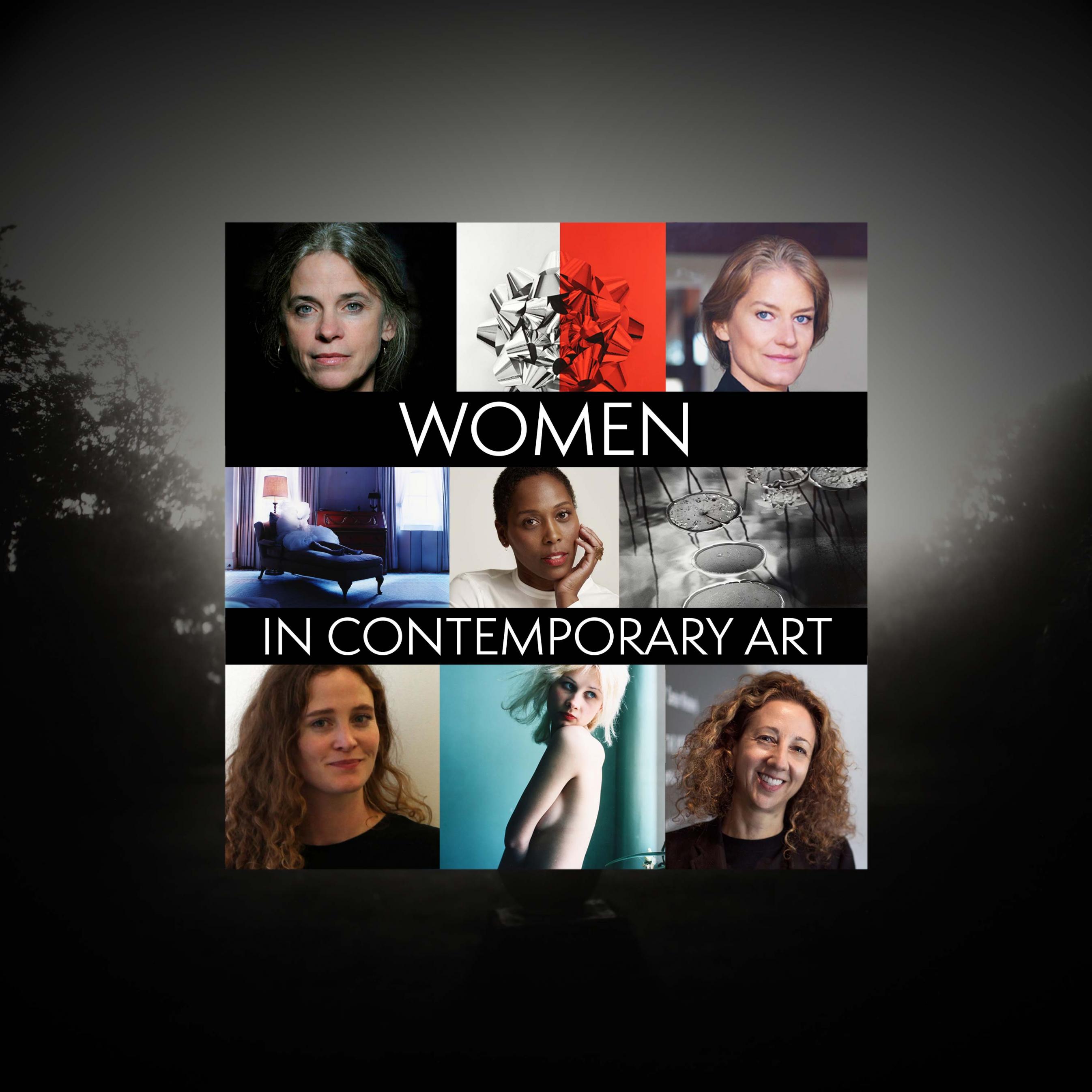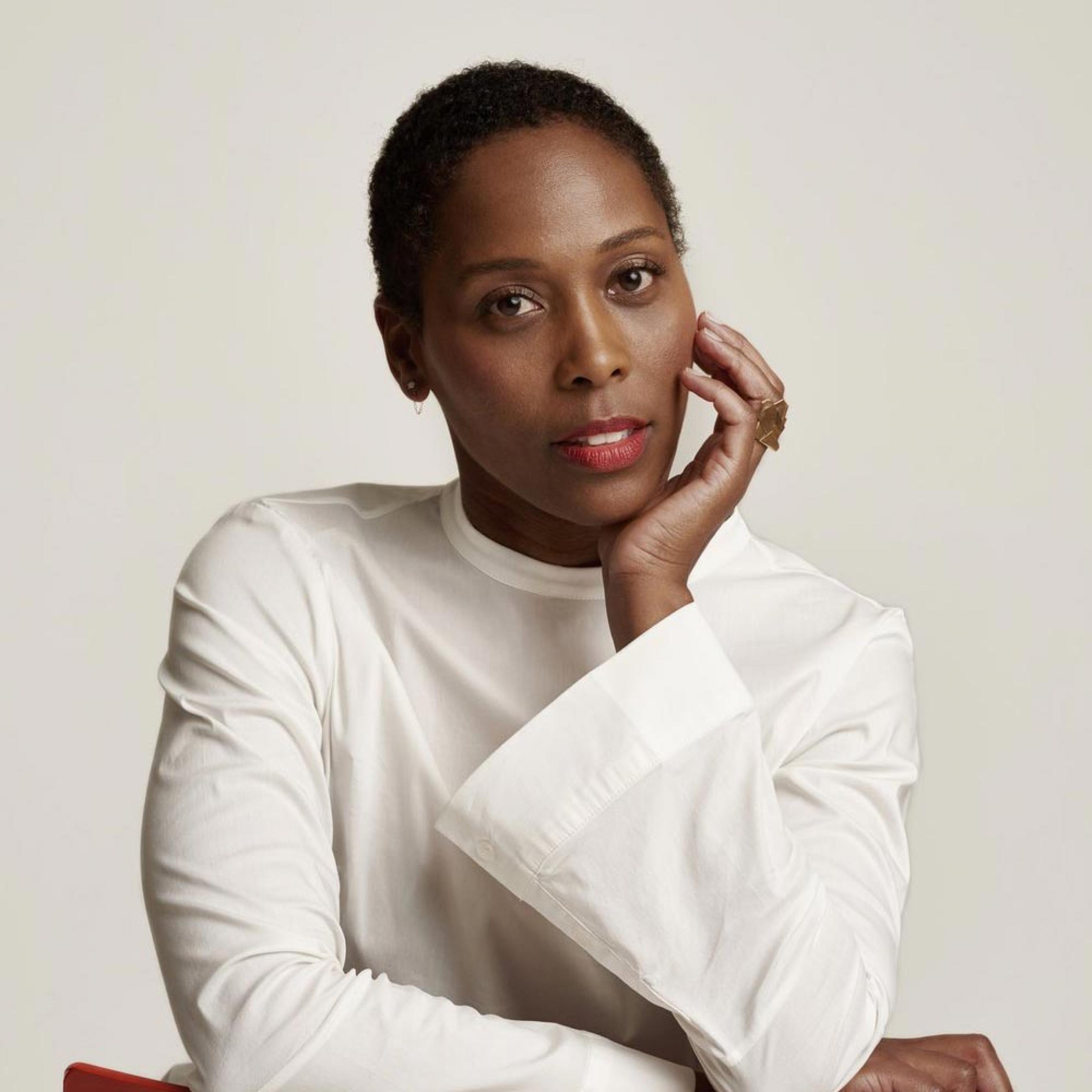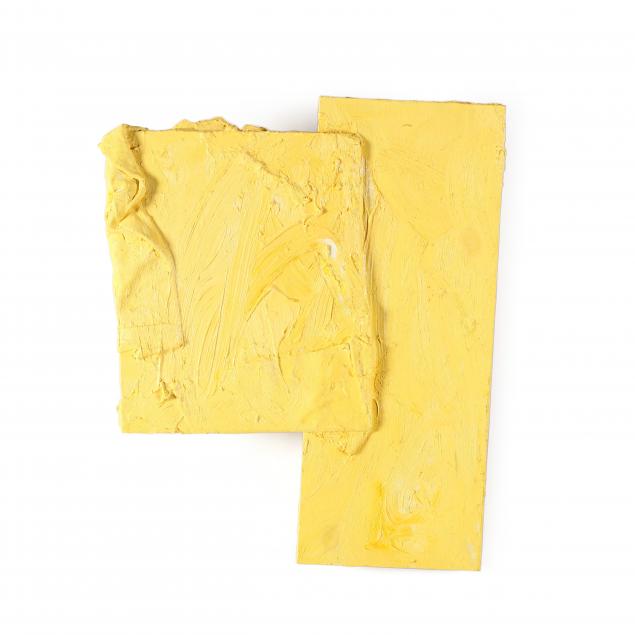
Where there is money to be made, there is a gender divide. The world is slowly coming to terms with this fact, and the art world is no exception. While art and money have a finicky relationship - the starving artist trope lends legitimacy to the purity of artistic intent - the simple truth is that what sells is what gets seen, particularly in the realm of contemporary art. And art is a $200 billion per year industry. Contemporary female artists are underrepresented by museums and galleries, and when their work does break into the market, it is undervalued compared to that of their male colleagues (see infographic above for the numbers). But while the picture has been dramatically imbalanced, art collectors can be the engine of change. Demand does, after all, drive the market.
The artists in our Contemporary Art Auction on March 13th were 30% women, more than twice that of women in major museums, and on the high end of gallery representation. But given that women earn 65-75% of fine arts degrees awarded, there is a remarkable gap between the art being produced by women and the art by women that’s being bought and sold. Charman Driver, one of the consignors in our Contemporary Art Auction, and a board member and former board chair at the Contemporary Art Museum in Raleigh, sees championing women artists as a mandate for female collectors and curators.
The artists in our Contemporary Art Auction on March 13th were 30% women, more than twice that of women in major museums, and on the high end of gallery representation. But given that women earn 65-75% of fine arts degrees awarded, there is a remarkable gap between the art being produced by women and the art by women that’s being bought and sold. Charman Driver, one of the consignors in our Contemporary Art Auction, and a board member and former board chair at the Contemporary Art Museum in Raleigh, sees championing women artists as a mandate for female collectors and curators.
Historically, collecting art has been one of the more visible ways women have been able to influence the art world at times when the canon ignored them - think of the likes of Peggy Guggenheim, Gertrude Vanderbilt Whitney, and Isabella Stewart Gardner, whose collections launched major museums and galleries. In the contemporary world, Driver and others want to change even the vocabulary with which we talk about women and collecting. “We aren’t patrons, we’re matrons,” says Driver, “We need to take back that word. Historically, it was defined as something positive and strong.” Lizzie McNairy, a friend of Driver’s and fellow champion of women in the arts, has started an initiative to put stories of female artists in the foreground called Matrons & Mistresses.

Charman Driver
Putting women in positions of curatorial power is another way that female artists may gain some ground. Over the last 15 years, women have gone from running only a third of art museums to directing almost almost half, albeit those with smaller budgets for acquisitions. The three largest art museums in the world - The Metropolitan Museum of Art, The British Museum, and The Louvre - have never had a female director. But in our corner of the Southeast, the majority of museums have women as either directors or lead curators, or both. The North Carolina Museum of Art, CAM, The Nasher at Duke University, the Ackland at The University of North Carolina, and The Mint Museum, all have women leading their curatorial choices. As Driver points out, this must necessarily affect which art gets exhibited. And exhibition choices are important to sales - museum exhibitions give contemporary artists, whose art may be untested in the market, a measure of legitimacy that bolsters prices.
Some female artists have been hesitant to be identified on the basis of their gender, declining, for instance, to participate in women-only exhibitions that have been curated for the purpose of overcoming the gender gap. After all, if being a woman means a lower price tag on your art, you might not want to highlight your gender. But Driver, who is a woman of color, a demographic that is doubly marginalized, thinks highlighting women for their gender is still imperative. “Statistically, we haven’t reached that place where being a woman doesn’t need to be called out.” And increasingly female collectors are in a place to promote female artists. As Driver points out, currently “women are more educated than men, earning more
graduate and undergraduate degrees. We create wealth, inherit money, and outlive our
spouses, which makes us sole controllers of our wealth. Women control 51%
of our country’s wealth today. That will mean a lot when it comes to women “matronizing” the
arts.” And there’s good news for the “matrons” among us: as the world wakes up to the value of art by women, the work of female artists is appreciating at a rate 9 times higher than that of men.
*Infographic made with the photograph "Union City Blues, Brooklyn, New York" by British photographer Muzi Quawson
View the results of The Contemporary Art Auction
Some female artists have been hesitant to be identified on the basis of their gender, declining, for instance, to participate in women-only exhibitions that have been curated for the purpose of overcoming the gender gap. After all, if being a woman means a lower price tag on your art, you might not want to highlight your gender. But Driver, who is a woman of color, a demographic that is doubly marginalized, thinks highlighting women for their gender is still imperative. “Statistically, we haven’t reached that place where being a woman doesn’t need to be called out.” And increasingly female collectors are in a place to promote female artists. As Driver points out, currently “women are more educated than men, earning more
graduate and undergraduate degrees. We create wealth, inherit money, and outlive our
spouses, which makes us sole controllers of our wealth. Women control 51%
of our country’s wealth today. That will mean a lot when it comes to women “matronizing” the
arts.” And there’s good news for the “matrons” among us: as the world wakes up to the value of art by women, the work of female artists is appreciating at a rate 9 times higher than that of men.
*Infographic made with the photograph "Union City Blues, Brooklyn, New York" by British photographer Muzi Quawson
View the results of The Contemporary Art Auction


